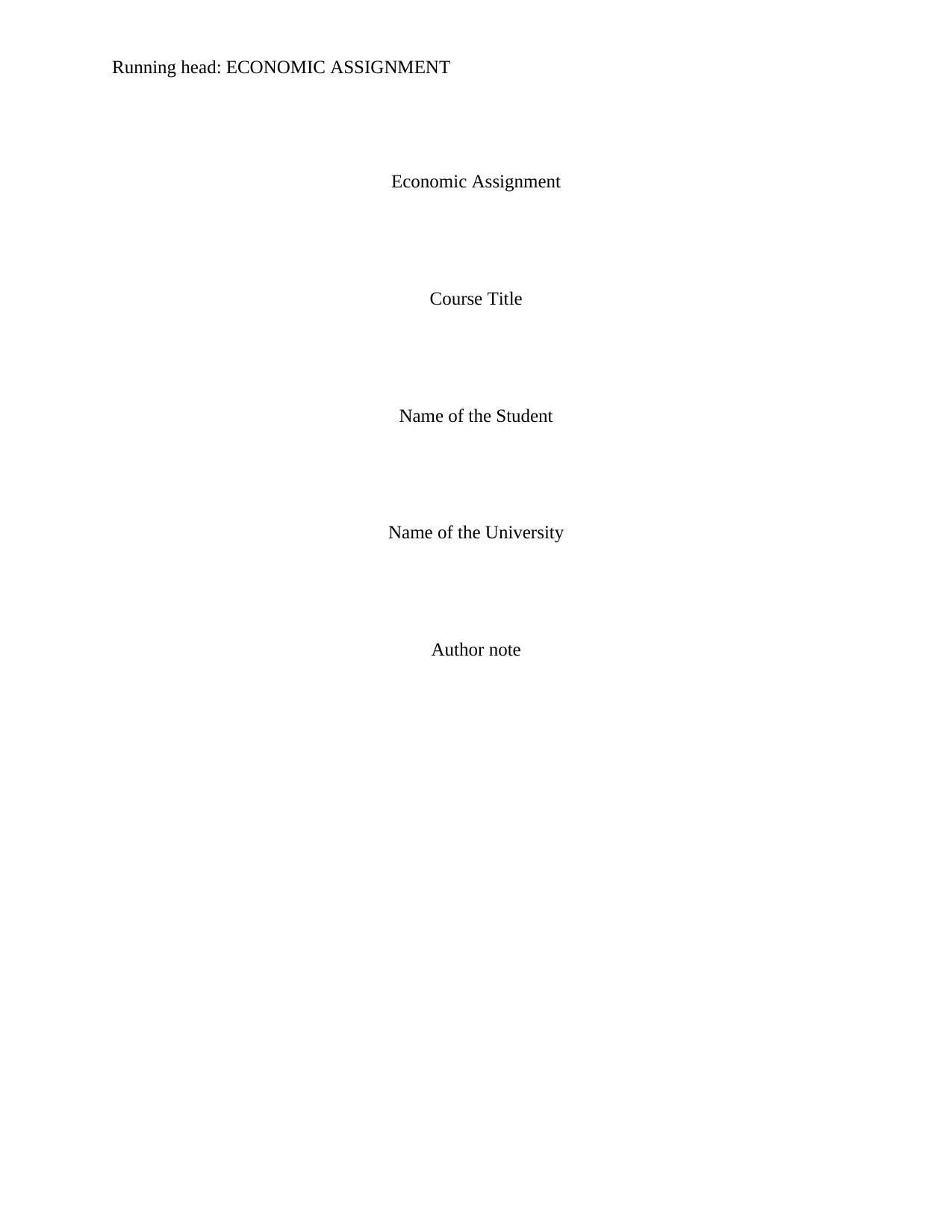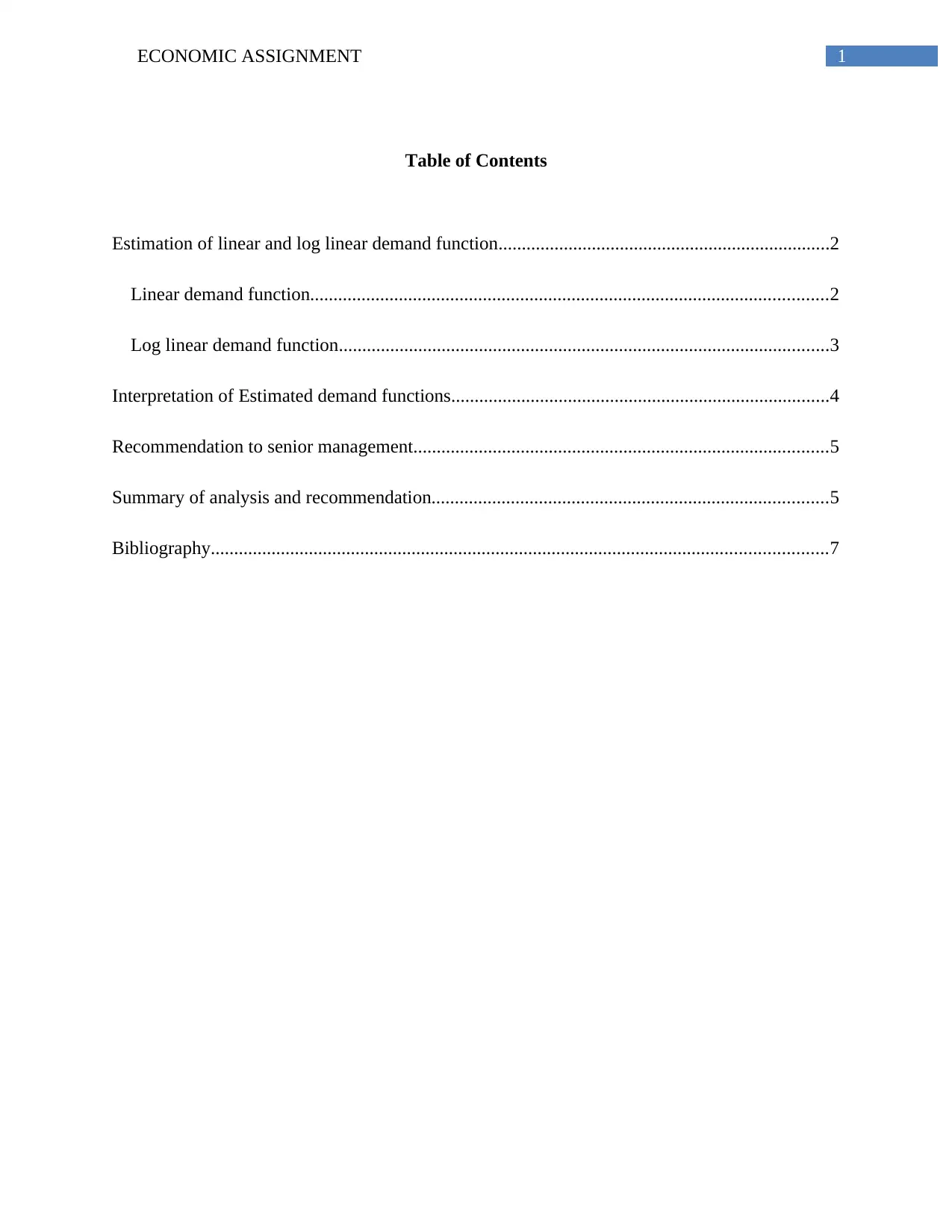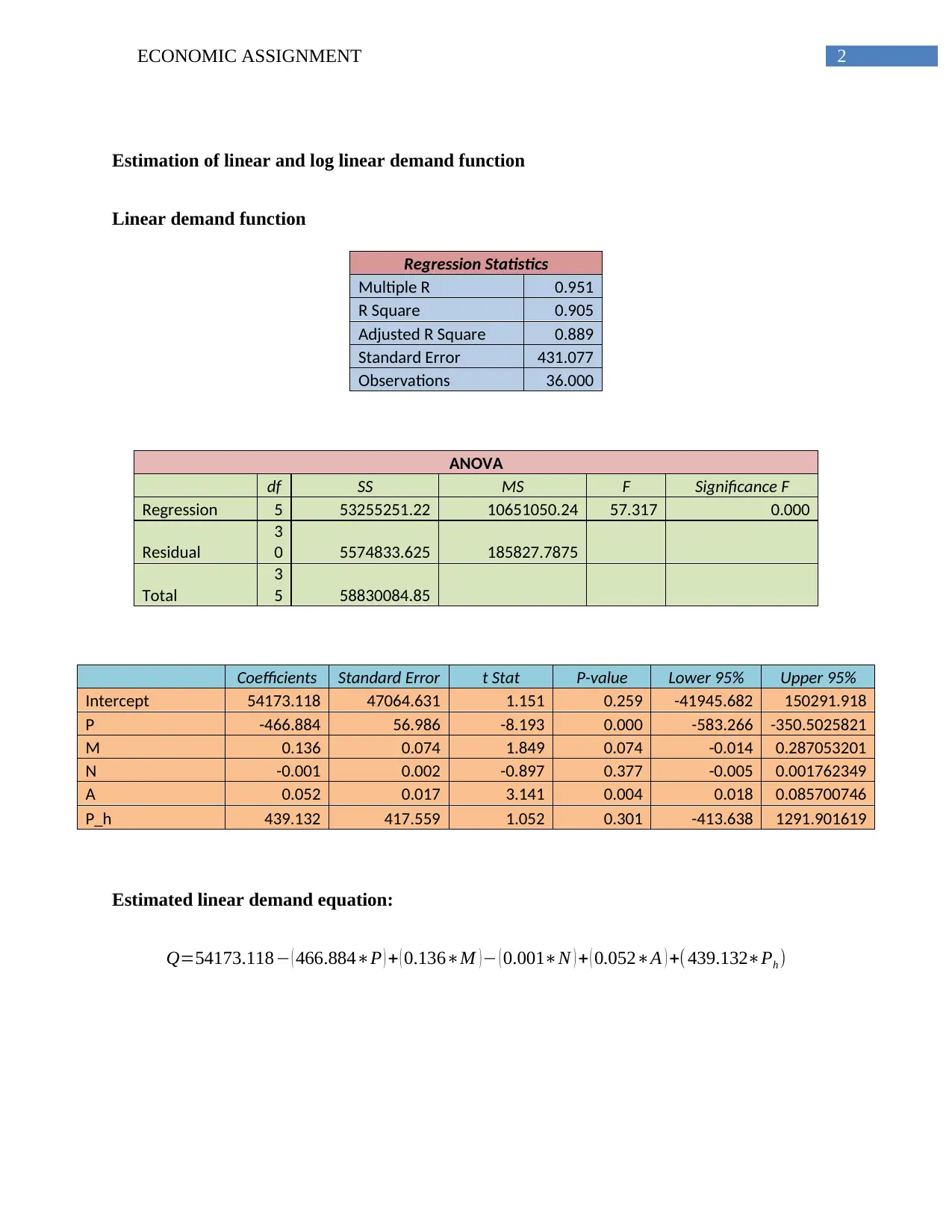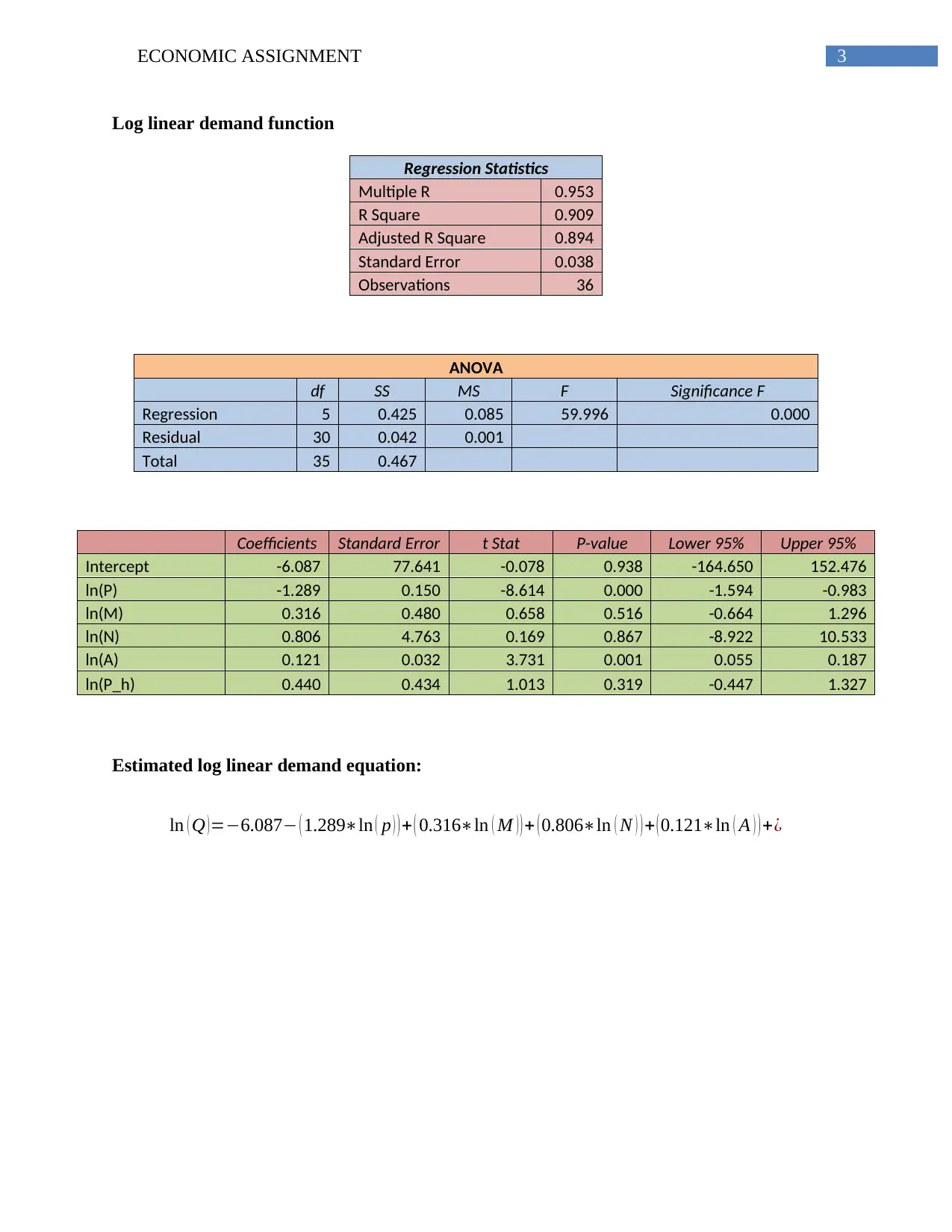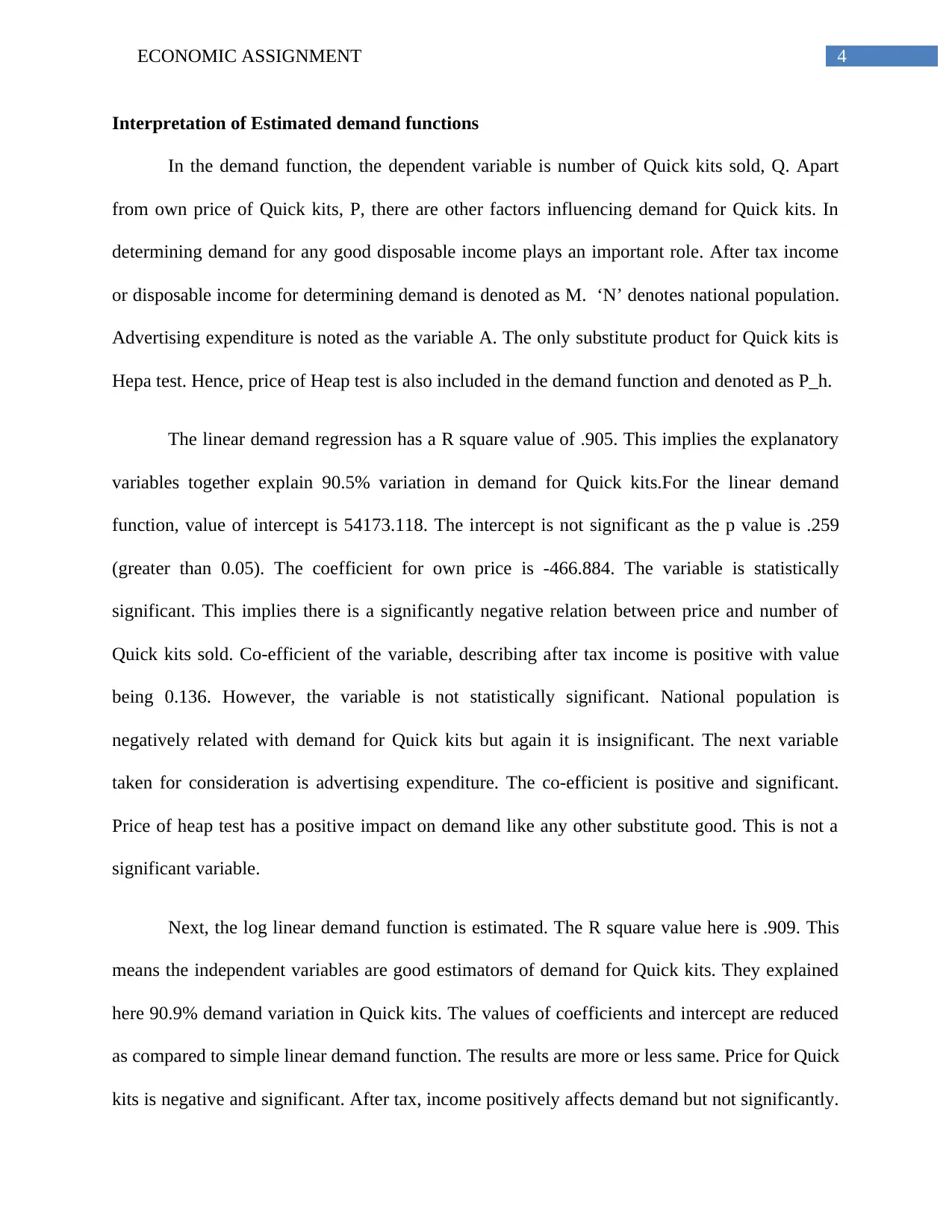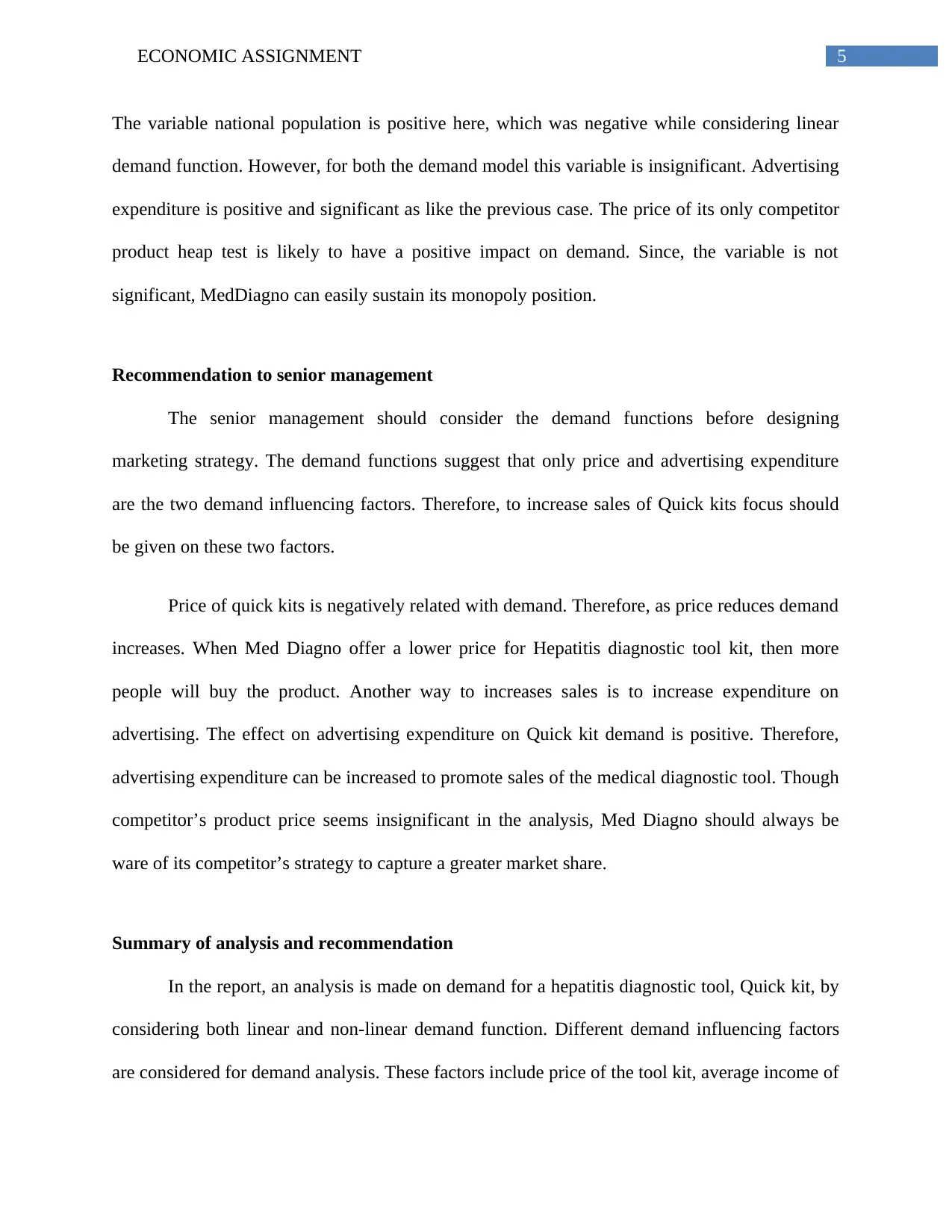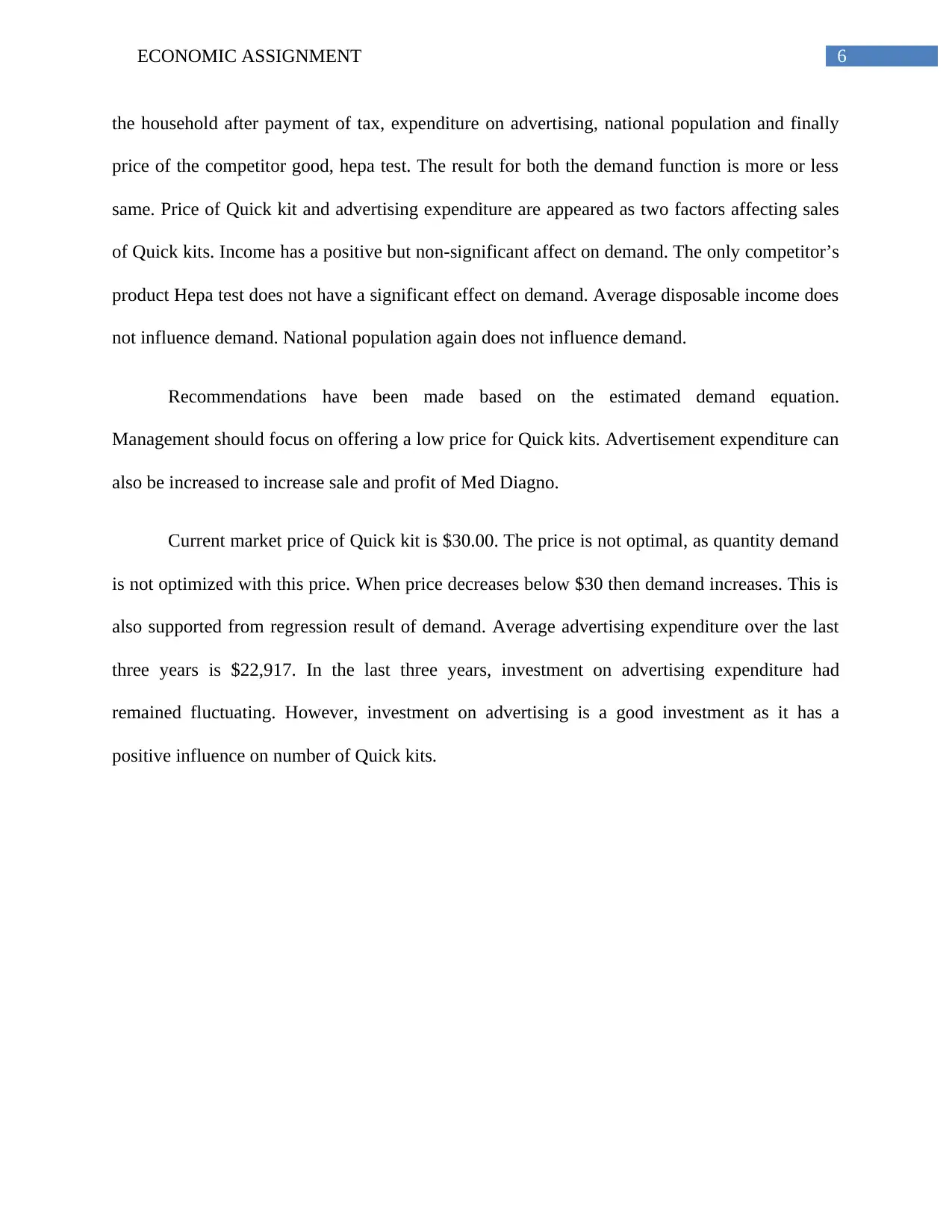The demand function for Quick kits is analyzed considering both linear and non-linear approaches. The results show that the dependent variable is the number of Quick kits sold, influenced by own price, after-tax income, advertising expenditure, national population, and competitor's product price (Hepa test). The linear regression model has an R-squared value of 0.905, indicating that the explanatory variables explain 90.5% of the variation in demand. The log-linear model also shows similar results with an R-squared value of 0.909. The findings suggest that only own price and advertising expenditure are statistically significant factors affecting demand. It is recommended to senior management to focus on these two factors when designing a marketing strategy. Reducing the price of Quick kits and increasing advertising expenditure can lead to increased sales.
![[object Object]](/_next/static/media/star-bottom.7253800d.svg)
![[object Object]](/_next/static/media/star-bottom.7253800d.svg)
